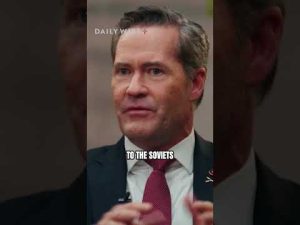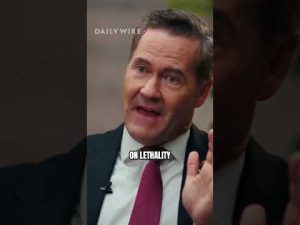In a recent debate among young adults buzzing with progressive ideals, conversations surrounding climate change and urban development have taken center stage. With rising populations and environmental concerns, the concept of “walkable cities” is brought up frequently as a solution to modern transportation issues. However, what becomes apparent is that the vision of an environmentally-friendly, walkable urban future is often clouded by contradictions and impracticalities.
The concept sounds appealing on the surface. A walkable city with easy access to public transportation would seemingly reduce emissions and curb reliance on gasoline-powered vehicles. Yet, these discussions often overlook a glaring reality: cars are still a fundamental part of urban life. The idea of walking everywhere in a city flooded with vehicles seems illogical. The presence of cars in these envisioned walkable cities draws attention to a question: what is the point of promoting walkability if traditional modes of transportation are still permitted and prevalent?
Moreover, the same young activists promoting these walkable cities frequently express admiration for celebrities who claim to champion climate change initiatives. However, the irony is thick; while they advocate for responsible environmental behavior, many of these figures, like Taylor Swift and Bill Gates, fly private jets and drive luxury cars that contribute heavily to their carbon footprints. How can one genuinely advocate for climate action while simultaneously indulging in behaviors that drastically contradict those values? The advocacy becomes more about image than actual impact.
Even more perplexing is the idea that changing individual habits alone can significantly alter the trajectory of climate change. While some individuals proudly claim to bike and limit their CO2 emissions, the harsh truth remains that personal choices alone cannot shoulder the weight of the broader systemic issues at play. The argument often circles back to billionaires and corporate responsibilities. Progressives frequently demand increased taxation on the wealthy, claiming that these funds can be steered towards sustainable solutions. Herein lies another contradiction; high taxes may lead businesses to relocate outside the U.S., creating a cycle that benefits no one while exponentially increasing the cost of living domestically.
Lastly, the modern perception of urban infrastructure and its development is often oversimplified. Advocates of walkable cities suggest that major changes can be made simply through policy reform, ignoring the nuanced complexities of urban planning and economic implications. The idea of a seamlessly integrated public transportation system akin to those in Europe may sound alluring, but without acknowledging existing traffic realities and the challenges of urban sprawl, the dream remains just that—a dream. In the American landscape, a pragmatic approach to urban planning requires balancing between cars, public transport, and the reality of residents’ needs.
In conclusion, while the push for walkable cities arises from a noble intent to combat climate change and improve quality of life, the conversation often misses key points of feasibility and accountability. The embrace of contradictions from climate advocates casts doubt on the sincerity of their commitment to change. As communities navigate the complexities of urban development, it is crucial to focus on responsible, realistic solutions. A genuine commitment to improving our cities must reckon with the realities of transportation, economic incentives, and the need for all individuals—regardless of their wealth—to take responsibility for the environment.



